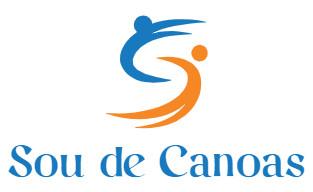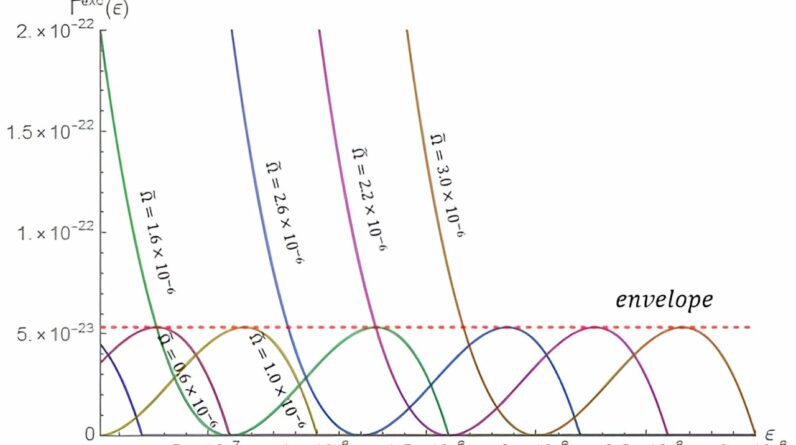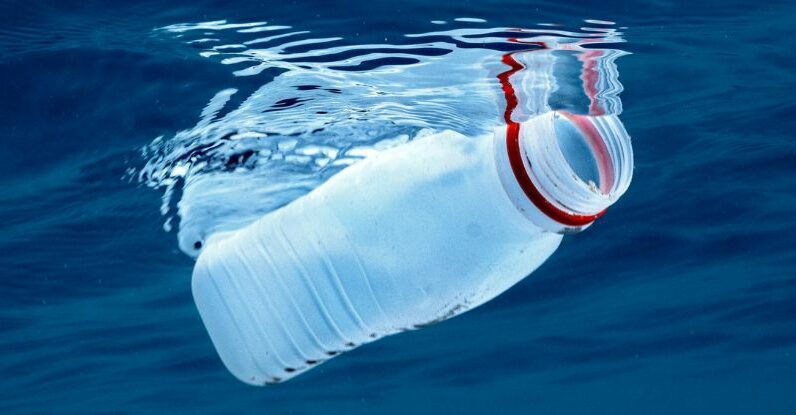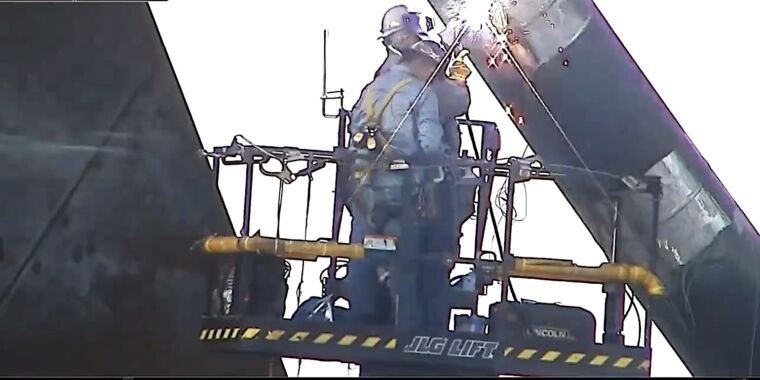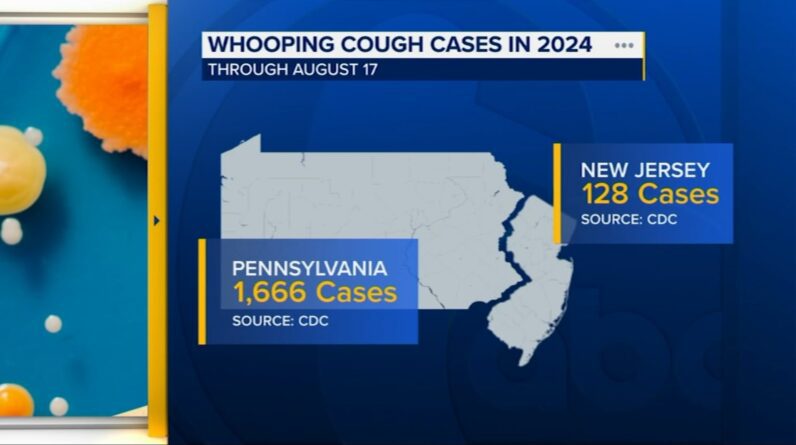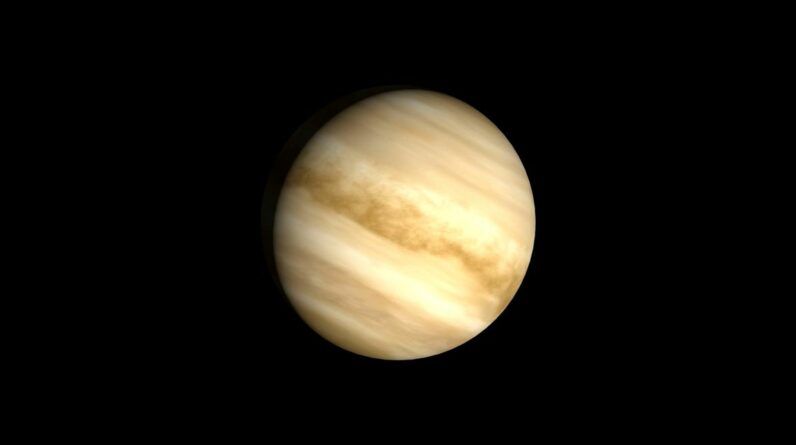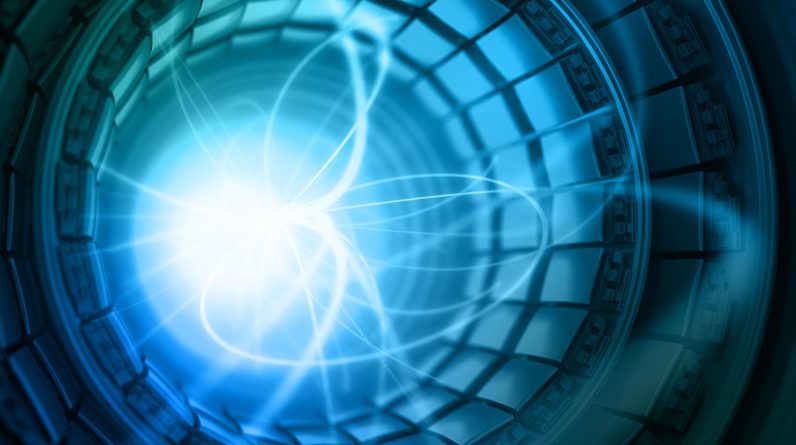
A medição mais precisa já feita da massa do bóson W mostra a tensão com o Modelo Padrão.
Após 10 anos de análise e escrutínio cuidadosos, os cientistas do CDF do Fermi National Accelerator Laboratory do Departamento de Energia dos EUA anunciaram em 7 de abril de 2022 que alcançaram a medição mais precisa até agora da massa do bóson W, uma das forças da natureza. transportando partículas. Usando dados coletados pelo Collider Detector do Fermilab, ou CDF, os cientistas agora determinaram a massa da partícula com uma precisão de 0,01% – o dobro da precisão da melhor medição anterior. Corresponde a um gorila pesando 800 libras a 1,5 onças.
A nova balança de precisão publicada na revista saber, permite que os cientistas testem o Modelo Padrão da física de partículas, a estrutura teórica que descreve a natureza em seu nível mais básico. O resultado: O novo valor de massa mostra uma tensão com o valor que os cientistas obtêm usando insumos experimentais e teóricos no contexto do Modelo Padrão.
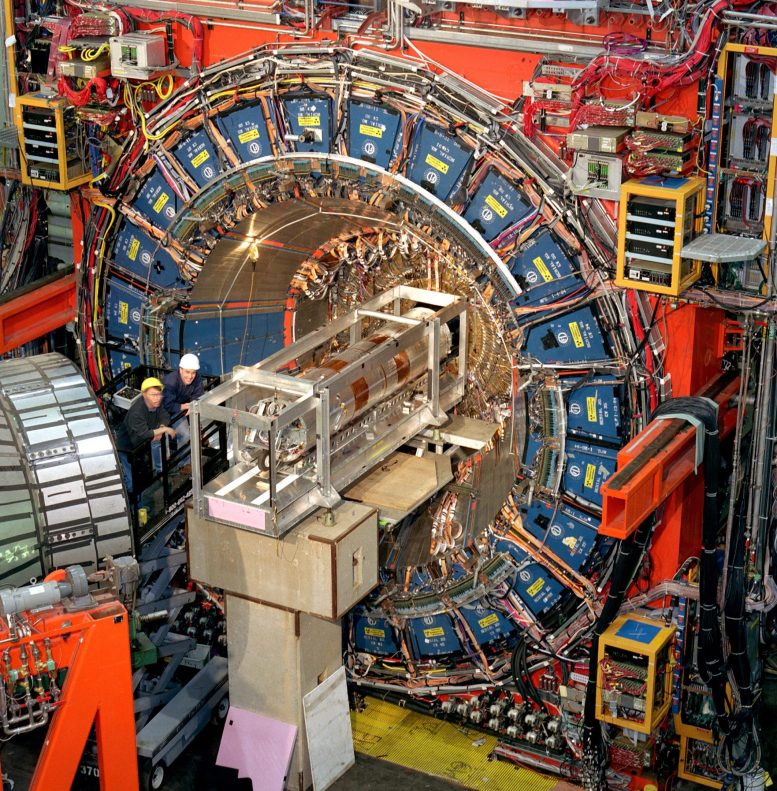
O detector do colisor Fermilab registrou as colisões de partículas de alta energia geradas pelo Tevatron Collider de 1985 a 2011. Cerca de 400 cientistas de 54 instituições em 23 países ainda estão trabalhando na riqueza de dados coletados pelo experimento. Crédito: Fermilab
“O número de melhorias e validação adicional que foram feitas em nossos resultados é enorme”, disse Ashutosh V. Kotwal da Duke University, que liderou esta análise e é um dos 400 cientistas da colaboração CDF. “Levamos em consideração nossa melhor compreensão do nosso detector de partículas, bem como avanços na compreensão teórica e experimental das interações do bóson W com outras partículas. Quando finalmente revelamos o resultado, descobrimos que ele diferia da previsão do Modelo Padrão. “
Se confirmada, esta medição indica a necessidade potencial de melhorias em detrimento do Modelo Padrão ou extensões do Modelo.
Os cientistas determinaram agora a massa do bóson W com uma precisão de 0,01%. Isso é o dobro da precisão da melhor medição anterior e mostra a tensão com o modelo padrão.
O novo valor é consistente com muitas medições anteriores de massa do bóson W, mas também existem algumas diferenças. Medições futuras serão necessárias para lançar mais luz sobre o resultado.
“Embora este seja um resultado interessante, a medição deve ser confirmada por outro experimento antes que possa ser totalmente explicada”, disse o vice-diretor do Fermilab, Joe Lykken.
O bóson W é uma partícula mensageira da força nuclear fraca. É responsável pelos processos nucleares que fazem o sol brilhar e as moléculas decaírem. Usando colisões de partículas de alta energia do colisor Tevatron no Fermilab, a colaboração CDF coletou grandes quantidades de dados contendo bósons W de 1985 a 2011.
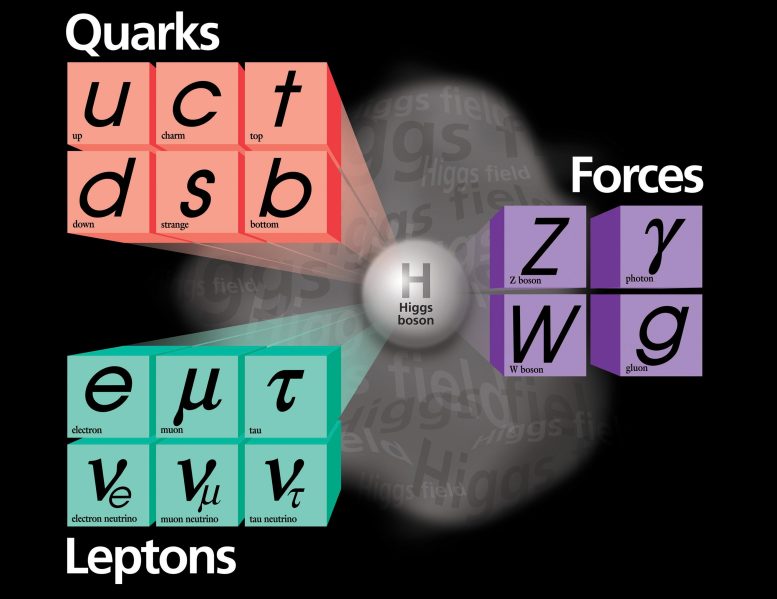
O bóson W é a partícula mensageira da força nuclear fraca. É responsável pelos processos nucleares que fazem o sol brilhar e as moléculas decaírem. Os cientistas do CDF estão estudando as propriedades do bóson W usando dados coletados no Tevatron Collider no Fermilab. Crédito: Fermi National Accelerator Laboratory
O físico da CDF, Chris Hayes, da[{” attribute=””>University of Oxford said, “The CDF measurement was performed over the course of many years, with the measured value hidden from the analyzers until the procedures were fully scrutinized. When we uncovered the value, it was a surprise.”
The mass of a W boson is about 80 times the mass of a proton, or approximately 80,000 MeV/c2. CDF researchers have worked on achieving increasingly more precise measurements of the W boson mass for more than 20 years. The central value and uncertainty of their latest mass measurement is 80,433 +/- 9 MeV/c2. This result uses the entire dataset collected from the Tevatron collider at Fermilab. It is based on the observation of 4.2 million W boson candidates, about four times the number used in the analysis the collaboration published in 2012.
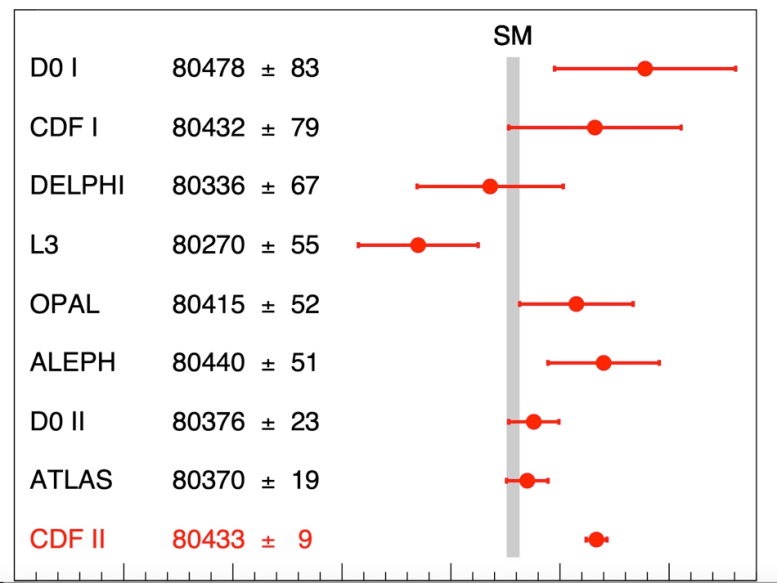
The mass of a W boson is about 80 times the mass of a proton, or approximately 80,000 MeV/c2. Scientists of the Collider Detector at Fermilab collaboration have achieved the world’s most precise measurement. The CDF value has a precision of 0.01 percent and is in agreement with many W boson mass measurements. It shows tension with the value expected based on the Standard Model of particle physics. The horizontal bars indicate the uncertainty of the measurements achieved by various experiments. The LHCb result was published after this paper was submitted and is 80354+- 32 MeV/c2. Credit: CDF collaboration
“Many collider experiments have produced measurements of the W boson mass over the last 40 years,” said CDF co-spokesperson Giorgio Chiarelli, Italian National Institute for Nuclear Physics (INFN-Pisa). “These are challenging, complicated measurements, and they have achieved ever more precision. It took us many years to go through all the details and the needed checks. It is our most robust measurement to date, and the discrepancy between the measured and expected values persists.”
The collaboration also compared their result to the best value expected for the W boson mass using the Standard Model, which is 80,357 ± 6 MeV/c2. This value is based on complex Standard Model calculations that intricately link the mass of the W boson to the measurements of the masses of two other particles: the top quark, discovered at the Tevatron collider at Fermilab in 1995, and the Higgs boson, discovered at the Large Hadron Collider at CERN in 2012.
CDF co-spokesperson David Toback, Texas A&M University, stated the result is an important contribution to testing the accuracy of the Standard Model. “It’s now up to the theoretical physics community and other experiments to follow up on this and shed light on this mystery,” he added. “If the difference between the experimental and expected value is due to some kind of new particle or subatomic interaction, which is one of the possibilities, there’s a good chance it’s something that could be discovered in future experiments.”
Reference: “High-precision measurement of the W boson mass with the CDF II detector” by CDF Collaboration, T. Aaltonen, S. Amerio, D. Amidei, A. Anastassov, A. Annovi, J. Antos, G. Apollinari, J. A. Appel, T. Arisawa, A. Artikov, J. Asaadi, W. Ashmanskas, B. Auerbach, A. Aurisano, F. Azfar, W. Badgett, T. Bae, A. Barbaro-Galtieri, V. E. Barnes, B. A. Barnett, P. Barria, P. Bartos, M. Bauce, F. Bedeschi, S. Behari, G. Bellettini, J. Bellinger, D. Benjamin, A. Beretvas, A. Bhatti, K. R. Bland, B. Blumenfeld, A. Bocci, A. Bodek, D. Bortoletto, J. Boudreau, A. Boveia, L. Brigliadori, C. Bromberg, E. Brucken, J. Budagov, H. S. Budd, K. Burkett, G. Busetto, P. Bussey, P. Butti, A. Buzatu, A. Calamba, S. Camarda, M. Campanelli, B. Carls, D. Carlsmith, R. Carosi, S. Carrillo, B. Casal, M. Casarsa, A. Castro, P. Catastini, D. Cauz, V. Cavaliere, A. Cerri, L. Cerrito, Y. C. Chen, M. Chertok, G. Chiarelli, G. Chlachidze, K. Cho, D. Chokheli, A. Clark, C. Clarke, M. E. Convery, J. Conway, M. Corbo, M. Cordelli, C. A. Cox, D. J. Cox, M. Cremonesi, D. Cruz, J. Cuevas, R. Culbertson, N. d’Ascenzo, M. Datta, P. de Barbaro, L. Demortier, M. Deninno, M. D’Errico, F. Devoto, A. Di Canto, B. Di Ruzza, J. R. Dittmann, S. Donati, M. D’Onofrio, M. Dorigo, A. Driutti, K. Ebina, R. Edgar, A. Elagin, R. Erbacher, S. Errede, B. Esham, S. Farrington, J. P. Fernández Ramos, R. Field, G. Flanagan, R. Forrest, M. Franklin, J. C. Freeman, H. Frisch, Y. Funakoshi, C. Galloni, A. F. Garfinkel, P. Garosi, H. Gerberich, E. Gerchtein, S. Giagu, V. Giakoumopoulou, K. Gibson, C. M. Ginsburg, N. Giokaris, P. Giromini, V. Glagolev, D. Glenzinski, M. Gold, D. Goldin, A. Golossanov, G. Gomez, G. Gomez-Ceballos, M. Goncharov, O. González López, I. Gorelov, A. T. Goshaw, K. Goulianos, E. Gramellini, C. Grosso-Pilcher, J. Guimaraes da Costa, S. R. Hahn, J. Y. Han, F. Happacher, K. Hara, M. Hare, R. F. Harr, T. Harrington-Taber, K. Hatakeyama, C. Hays, J. Heinrich, M. Herndon, A. Hocker, Z. Hong, W. Hopkins, S. Hou, R. E. Hughes, U. Husemann, M. Hussein, J. Huston, G. Introzzi, M. Iori, A. Ivanov, E. James, D. Jang, B. Jayatilaka, E. J. Jeon, S. Jindariani, M. Jones … P. Wagner, R. Wallny, S. M. Wang, D. Waters, W. C. Wester, D. Whiteson, A. B. Wicklund, S. Wilbur, H. H. Williams, J. S. Wilson, P. Wilson, B. L. Winer, P. Wittich, S. Wolbers, H. Wolfmeister, T. Wright, X. Wu, Z. Wu, K. Yamamoto, D. Yamato, T. Yang, U. K. Yang, Y. C. Yang, W.-M. Yao, G. P. Yeh, K. Yi, J. Yoh, K. Yorita, T. Yoshida, G. B. Yu, I. Yu, A. M. Zanetti, Y. Zeng, C. Zhou and S. Zucchelli, 7 April 2022, Science.
DOI: 10.1126/science.abk1781
The CDF collaboration comprises 400 scientists at 54 institutions in 23 countries.
